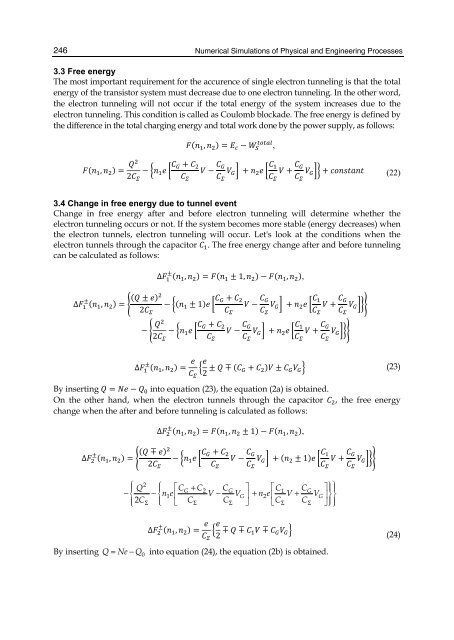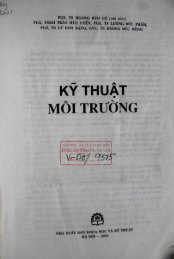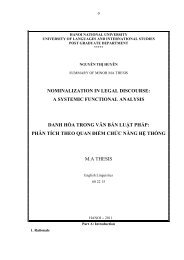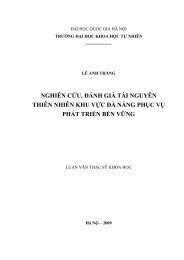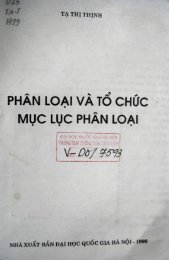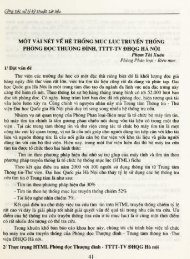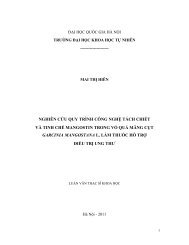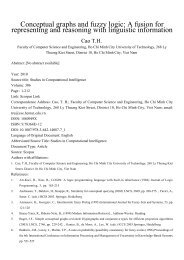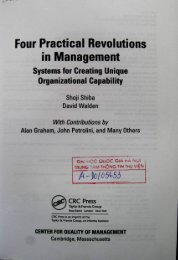Master Equation - Based Numerical Simulation in a Single Electron ...
Master Equation - Based Numerical Simulation in a Single Electron ...
Master Equation - Based Numerical Simulation in a Single Electron ...
You also want an ePaper? Increase the reach of your titles
YUMPU automatically turns print PDFs into web optimized ePapers that Google loves.
246<br />
<strong>Numerical</strong> <strong>Simulation</strong>s of Physical and Eng<strong>in</strong>eer<strong>in</strong>g Processes<br />
3.3 Free energy<br />
The most important requirement for the accurence of s<strong>in</strong>gle electron tunnel<strong>in</strong>g is that the total<br />
energy of the transistor system must decrease due to one electron tunnel<strong>in</strong>g. In the other word,<br />
the electron tunnel<strong>in</strong>g will not occur if the total energy of the system <strong>in</strong>creases due to the<br />
electron tunnel<strong>in</strong>g. This condition is called as Coulomb blockade. The free energy is def<strong>in</strong>ed by<br />
the difference <strong>in</strong> the total charg<strong>in</strong>g energy and total work done by the power supply, as follows:<br />
( , ) = <br />
2 <br />
− + <br />
<br />
( , ) = − ,<br />
− <br />
<br />
+ <br />
<br />
+ <br />
<br />
+ (22)<br />
<br />
3.4 Change <strong>in</strong> free energy due to tunnel event<br />
Change <strong>in</strong> free energy after and before electron tunnel<strong>in</strong>g will determ<strong>in</strong>e whether the<br />
electron tunnel<strong>in</strong>g occurs or not. If the system becomes more stable (energy decreases) when<br />
the electron tunnels, electron tunnel<strong>in</strong>g will occur. Let's look at the conditions when the<br />
electron tunnels through the capacitor . The free energy change after and before tunnel<strong>in</strong>g<br />
can be calculated as follows:<br />
∆ ± (, ) = (±)<br />
2 <br />
− <br />
2 <br />
∆ ± (, ) =( ±1, ) −( , ),<br />
−( ±1) + <br />
<br />
− + <br />
<br />
− <br />
<br />
− <br />
<br />
+ <br />
<br />
+ <br />
<br />
+ <br />
<br />
<br />
<br />
+ <br />
<br />
<br />
<br />
±<br />
∆ (,) = <br />
<br />
<br />
2 ±∓( +) ± (23)<br />
By <strong>in</strong>sert<strong>in</strong>g =− <strong>in</strong>to equation (23), the equation (2a) is obta<strong>in</strong>ed.<br />
On the other hand, when the electron tunnels through the capacitor , the free energy<br />
change when the after and before tunnel<strong>in</strong>g is calculated as follows:<br />
∆ ± (, ) = (∓)<br />
2 <br />
∆ ± (, ) =( , ±1) −( , ),<br />
− + <br />
<br />
− <br />
<br />
+( ±1) <br />
<br />
2<br />
Q CG + C2 CG C1CG <br />
<br />
ne 1 V VG ne 2 V VG<br />
2CΣ<br />
CΣ CΣ CΣ CΣ<br />
<br />
− − − + +<br />
<br />
±<br />
∆ (,) = <br />
<br />
<br />
2 ∓∓∓ By <strong>in</strong>sert<strong>in</strong>g Q = Ne− Q0<strong>in</strong>to<br />
equation (24), the equation (2b) is obta<strong>in</strong>ed.<br />
+ <br />
<br />
<br />
<br />
(24)


